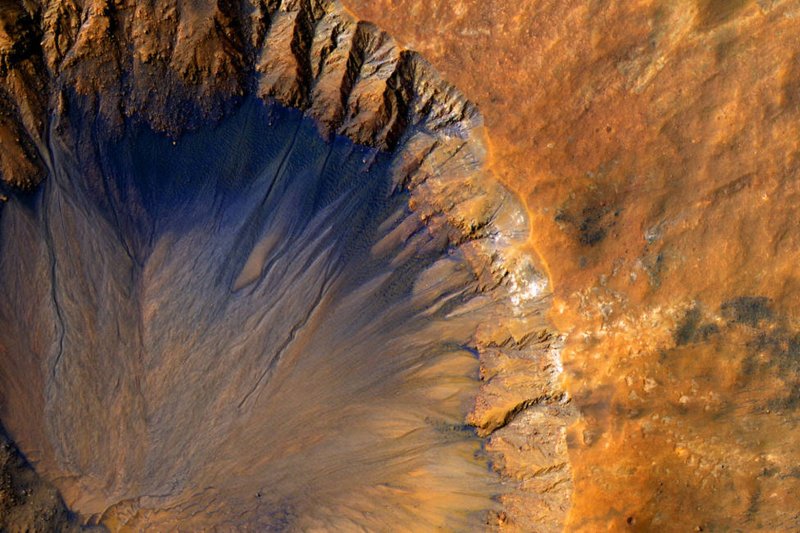LONDON, Nov. 17 (UPI) -- Archaeologists and anthropologists credit Mesopotamia as the cradle of civilization. New research suggests the cradle of early life may have been a crater.
According to a new paper in the journal Science, asteroid impacts can deform bedrock in ways that yield life-nurturing ecological niches. The new research includes analysis of a core sample recovered from the "peak ring" of the Chicxulub crater.















